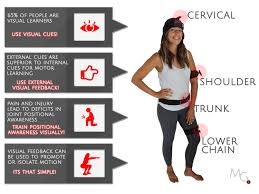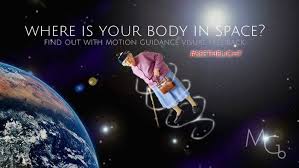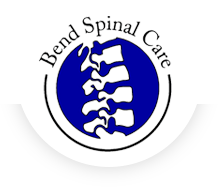

Brain-Body Connection
Our bodies have inherent mechanisms to allow us to know where we are in space. This includes vision, tactile sensation, and hearing (balance), what we refer to as proprioceptive sensation. Laser-guided visual feedback rehabilitation covers all grounds to create a learning experience that is all-encompassing of these mechanisms. Research has shown that our brain's representation of our body undergoes changes when we are injured. This has been labeled "cortical smudging" or "altered-body mapping" by educators on the topic. We can influence these changes through skilled movement and awareness, just as they are influenced negatively by maladaptive non-use in the injured state.
Joint Position Awareness
Joint Positional Awareness (JPE) is our ability to understand where our body is in space. Trevelean et al. have conducted numerous studies concluding that after whiplash, subjects have difficulty discerning their head position when tested with visual feedback from a laser pointer. Balke et al. has done the same for the shoulder.
Balance Application
The Motion Guidance concept is, by nature, a creative concept that can be applied to any body part to yield instant positional awareness. Functions may include "static functions," where the laser is kept centered while the body moves (such as keeping the laser centered while performing a task or exercise), or dynamic (such as attempting to track the laser in the desired range or direction).
NECK APPLICATION- Whiplash
There are numerous ways to influence proprioception, but it is pertinent to consider the most reasonable interventions (as well as how the client is interpreting the intervention). These may include manual therapy (tactile afferent input), taping, exercise, etc. The research seems to conclude that, despite what we think or intend to do to tissues, beneficial results exist due to a change in how patients (their brains) "view" the body part under the influence of novel stimuli.
Dynamic Neck Stability
External Focus of attention and body awareness that requires skill and coordination in real-time. After an injury, our discrimination of the injured body part may be diminished or altered. (This phenomenon has also been noted in lower back pain patients, knee pain, whiplash as well as shoulder pain patients.) This includes 2-point discrimination (being able to accurately feel and discern pin-prick sensation), as well as "joint positional awareness."
Shoulder/Arm Stabilization
We can influence maladaptive movements or low-performance levels (thus initiating cortical reorganization) by applying specific exercises that emphasize joint positional awareness and specific neuromuscular control, such as attempting to move a body part guided by visual feedback with a laser pointer, with the goal of precision and accuracy. It is as simple as practicing these tasks. The external visual cues just change the level of interaction, engagement, and type of information yielded during the task.


